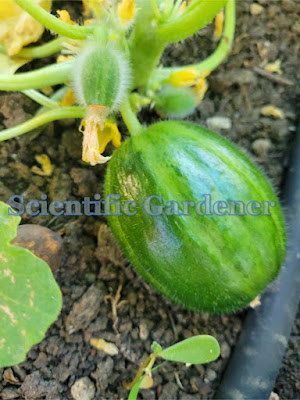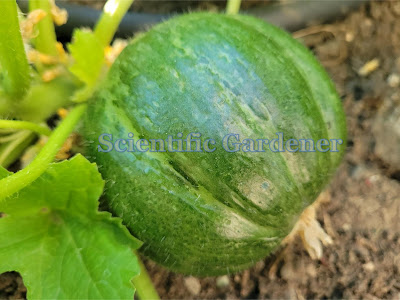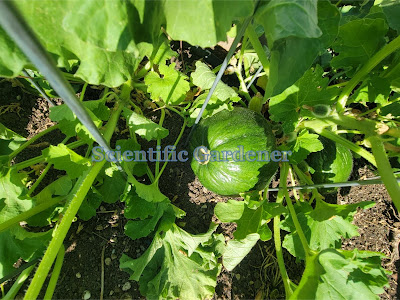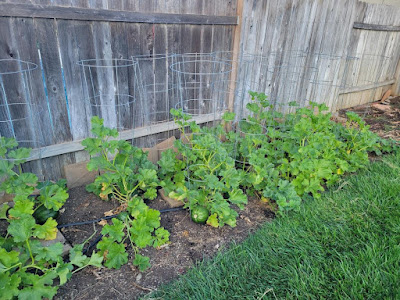As if the flavor and texture of the Jamacian gherkin wasn’t enough, imagine being able to grow a Cucumis anguria with much less intimidating spikes. Then the Ethiopian gherkin is for you!
I started the Ethiopian gherkin partway through the season in 10 inch hydroponic baskets and harvested the Jamacian gherkin prior to transplanting the 10 inch buckets. By mid- September, I pulled the Jamacian gherkins and planted out the Ethiopian gherkins. It was important that I gave them enough room and time to produce seed. The Ethiopian variety did pretty well and I harvested a few good fruit for seed prior to the season getting too late for harvest. The fruit was harvested in mid-November.
With the Ethiopian gherkin, the taste, texture and minimal spikes were all very good. I just wish that the fruit were slightly darker.




























































































